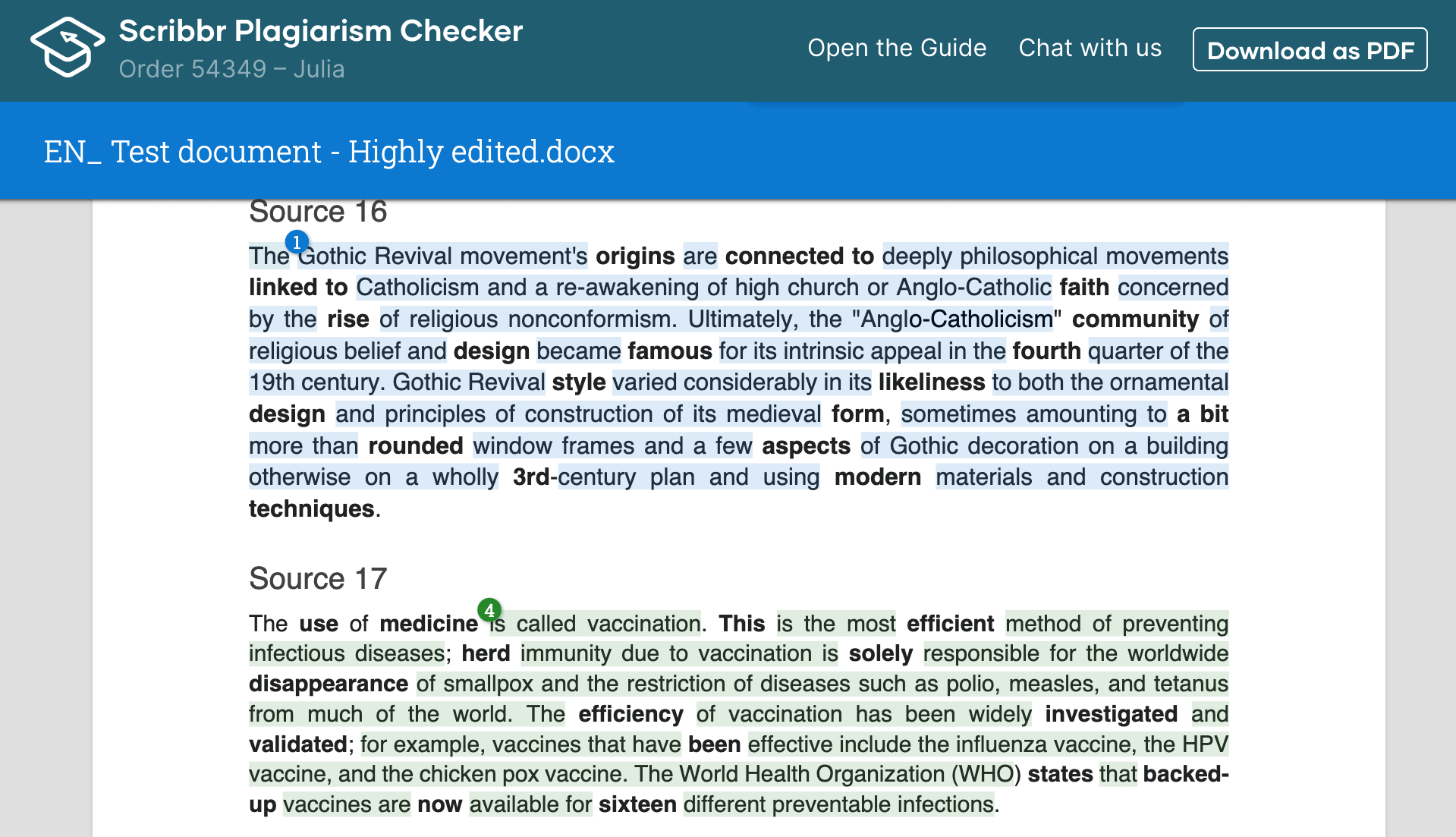
In this sense, plagiarism detectors might fail at determining legitimate plagiarism. This means that they look for a string of three to five words that appears in another manuscript. In addition, the software cannot accurately detect plagiarism in cases of translations or information taken from multiple sources.Īnother drawback is that plagiarism detectors simply point out text duplication. For example, they sometimes report false positives for common phrases, names of institutions, or references. The scores produced, referred to as “originality scores” or “non-unique content”, could be difficult to analyze without a clear context.

Weber-Wulff says that the reports are often difficult to interpret and, at times, incorrect. Furthermore, journals often rely on a single report generated by these plagiarism detectors. Journals are relying too much on them, rather than the keen eye of an editor. Debora Weber-Wulff, a professor of media and computing at the HTW Berlin − University of Applied Sciences, thinks plagiarism detectors are a crutch and a significant problem. Many researchers shared their experiences of journal rejection due to the reliance on plagiarism detector. This has led to a debate about plagiarism, the use of plagiarism detectors, and the role of editors.

To protect against plagiarism, academic journals have started using plagiarism detectors that rely on algorithms. There are many different types of plagiarism that are harmful in their own way. One way the scientific community can do this is by protecting science and its associated literature from plagiarism.


 0 kommentar(er)
0 kommentar(er)
